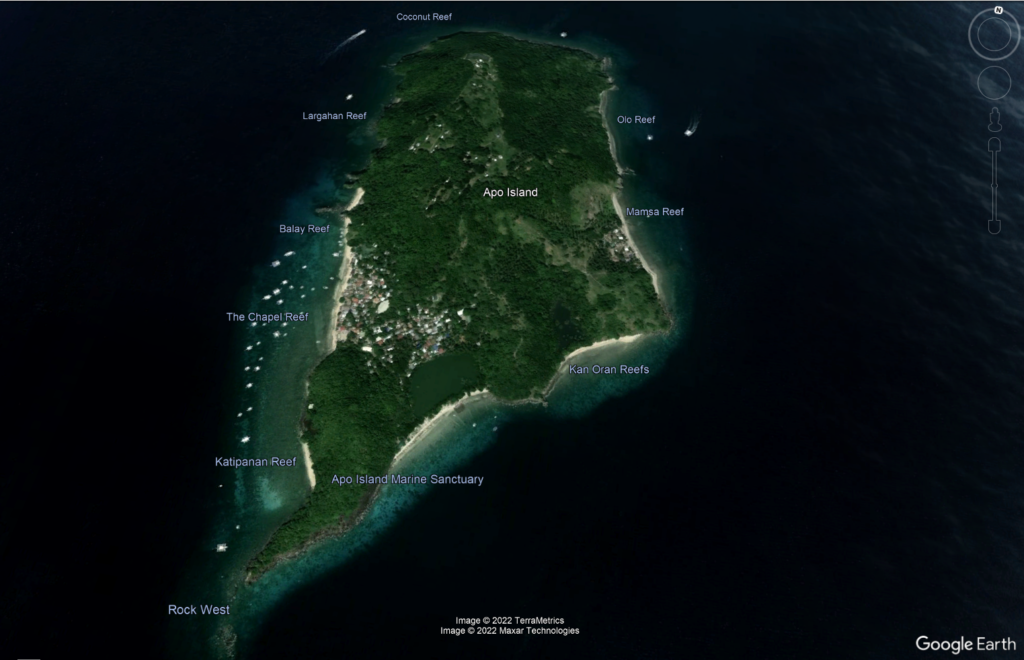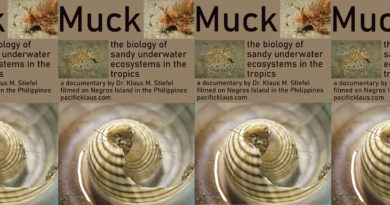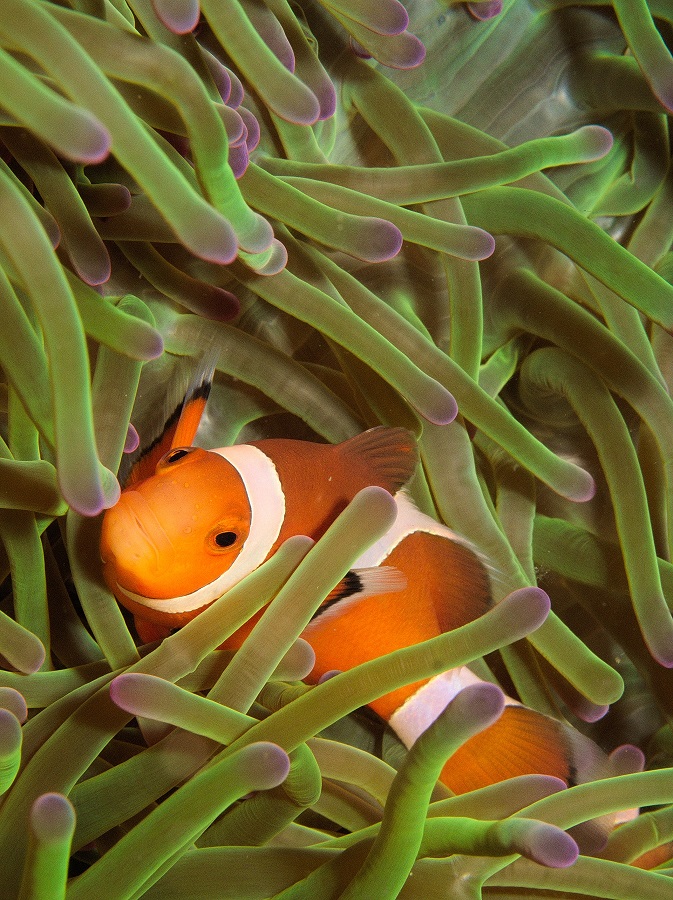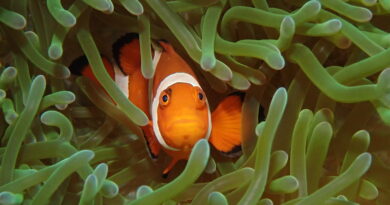Apo Island Marine Protected Area
Earlier this month I had the pleasure of joining my friend and colleague Dr. Rene Abesamis of Silliman University during his yearly survey of the no-take marine reserve (NTMR) in Apo Island. The NTMR is also sometimes called the “sanctuary”, or marine protected area (MPA), and that all means the same thing, namely that fishing and scuba diving in the area are not allowed. These bans are in fact enforced, which can not be taken for granted in the Philippines. The NTMR is located on the side of Apo across from the village, around the corner of the Rock East/West dive sites:

Typhoons Sendong and Pablo had severely affected the corals at Apo Island in 2011 and 2012, and the hope was that the coral reef in the NTMR would recover faster due to the protection they enjoyed. Rene and colleagues have published a number of papers on the topic, like this one:
The impression I get is that the recovery has progressed well, with a healthy coral cover and a thriving fish fauna in 2022. The absence of fishing, breaking off corals by clumsy divers, run-off from land (the population of Apo is small, and almost all on the other side of the island), and the complete absence of any industrial pollution gave the corals & fishes a good chance to come back from typhoon damage.
We saw some coral bleaching in 2022, which is usually caused by elevated water temperatures, a global phenomenon caused by climate change, not something that can be locally controlled.
What We Saw
Take a look yourself at the photographs and footage which I got during the survey days:
… and this is a video of the coral cover in the Apo Island MPA. I went on a brief excursion down to 30 meters, where the “mesophotic zone”, the area of the reef with lower light levels, start.
Besides the coral cover, I was really lucky in the days when I joined the survey to catch a lot of footage of two species of marine reptiles, a sea krait, and a hawksbill turtle. Very interesting to see the turtle forage, rather deep, in the 25 meter range:
and these few minutes were the absolute highlight of the diving in Apo for me, I was engulfed in a school of jackfish (“momsa” in Visayan), the presence of so many predatory fishes is also a very good sign for the ecosystem health in Apo:



